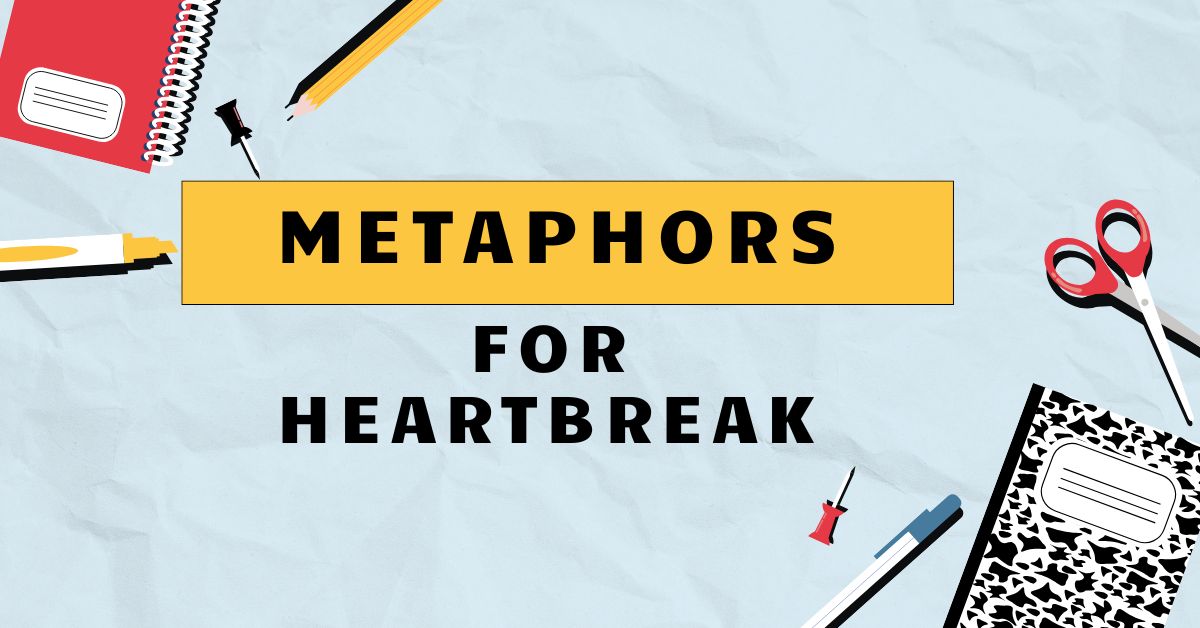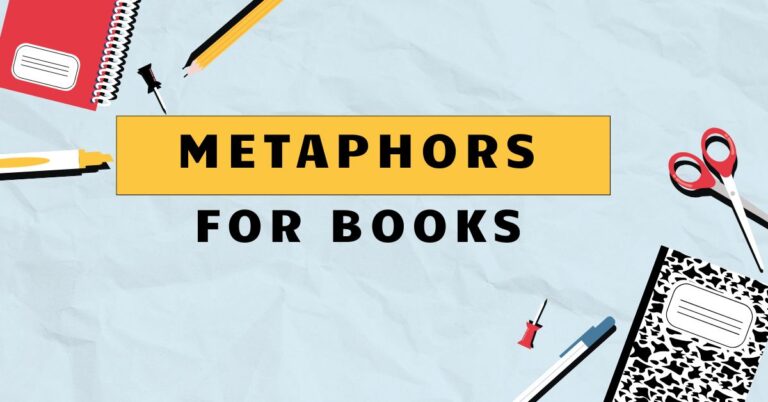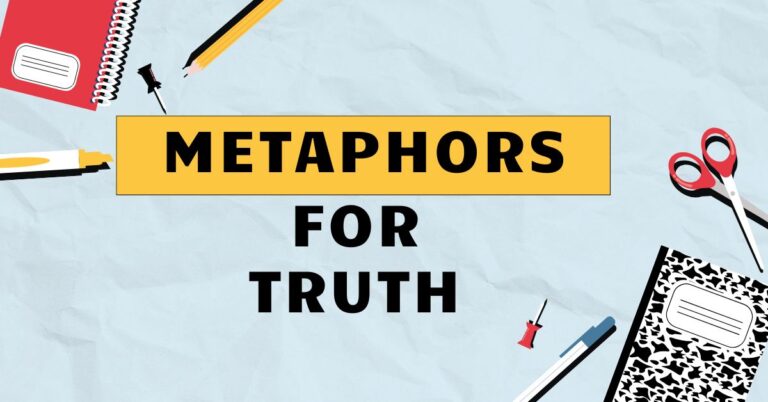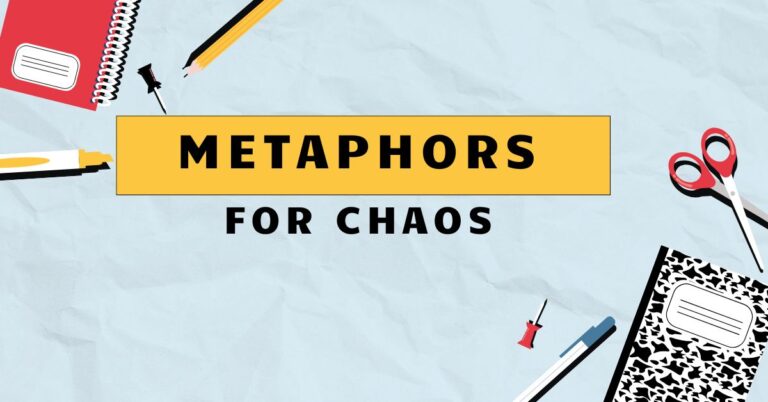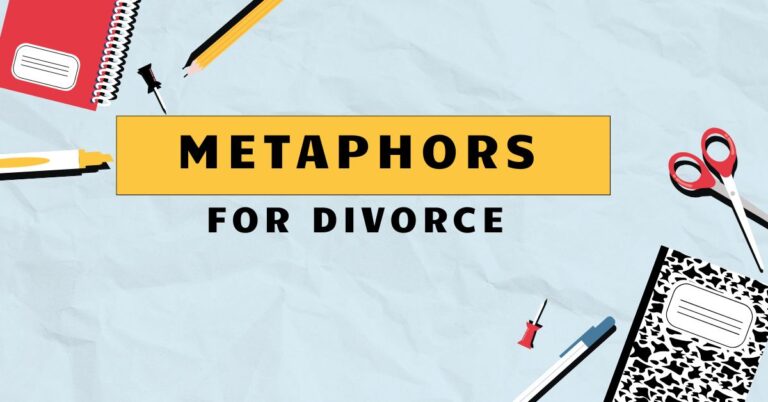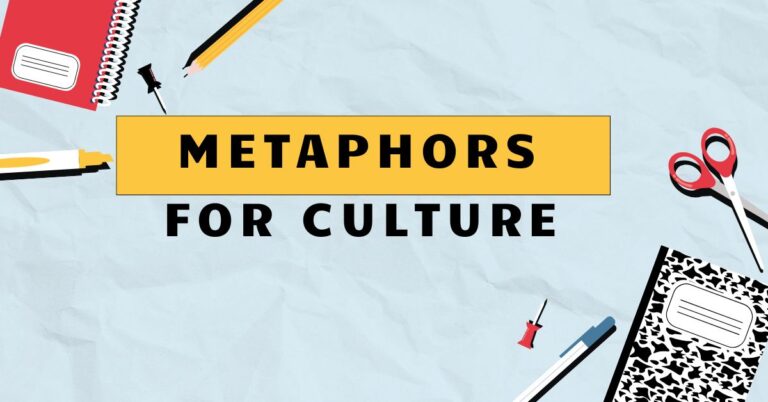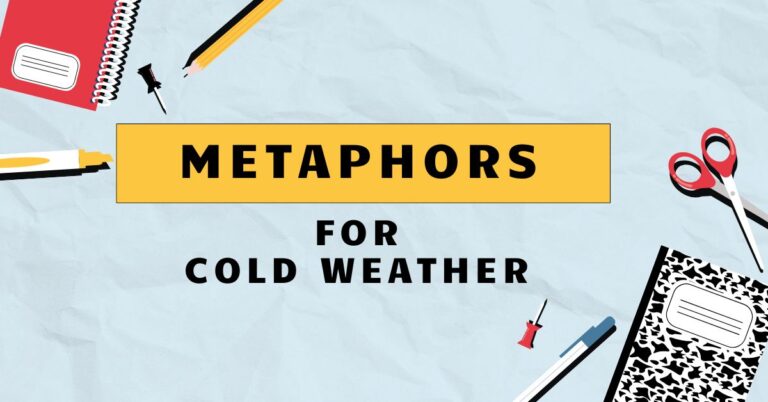39 Heartbreak Metaphors: Understanding Figurative Language
Heartbreak, an intensely emotional experience, often defies literal description. To articulate the depth and complexity of this pain, we turn to metaphors.
Understanding these metaphors enhances our ability to express and comprehend the nuances of heartbreak, enriching both our communication and emotional intelligence. This article will explore the grammar and usage of metaphors for heartbreak, providing a comprehensive guide suitable for English language learners and anyone seeking to better understand this powerful form of figurative language.
From basic definitions to advanced applications, this guide offers a structured approach to mastering the art of using metaphors to convey the profound experience of heartbreak.
Table of Contents
- Definition of Heartbreak Metaphors
- Structural Breakdown of Heartbreak Metaphors
- Types and Categories of Heartbreak Metaphors
- Examples of Heartbreak Metaphors
- Usage Rules for Heartbreak Metaphors
- Common Mistakes with Heartbreak Metaphors
- Practice Exercises
- Advanced Topics in Heartbreak Metaphors
- Frequently Asked Questions
- Conclusion
Definition of Heartbreak Metaphors
A metaphor is a figure of speech that directly compares two unrelated things, asserting that oneisthe other. It’s not a literal comparison; instead, it suggests a similarity or shared quality between the two.
Heartbreak metaphors, therefore, use this comparison to describe the emotional pain and suffering associated with the end of a romantic relationship or a significant loss.
In essence, a heartbreak metaphor takes the abstract feeling of emotional pain and connects it to a more concrete or relatable concept. This allows us to better understand and express the intensity and multifaceted nature of heartbreak.
The function of these metaphors is to provide vivid imagery and emotional resonance, making the experience of heartbreak more tangible and understandable to both the person experiencing it and those around them.
Heartbreak metaphors are frequently used in literature, poetry, music, and everyday conversation. They serve not only as emotional outlets but also as tools for empathy and connection, allowing individuals to share and validate their experiences with others.
Consider the difference between saying “I am sad” and “My heart is a shattered vase.” The latter evokes a much stronger image of fragility and damage.
Classification of Metaphors
Metaphors can be classified in several ways, based on their structure and explicitness. Here are some key categories:
- Standard Metaphor: A direct comparison where the connection is implied but not explicitly stated (e.g., “Her heart was a stone”).
- Implied Metaphor: The comparison is subtly suggested, without directly naming one of the terms (e.g., “She shielded her heart from further blows,” implying the heart is vulnerable).
- Mixed Metaphor: Combining two or more inconsistent metaphors in a single expression (often unintentionally humorous or confusing) (e.g., “He burned that bridge when he was out of the woods.”).
- Extended Metaphor: A metaphor that is developed over several lines or throughout an entire work.
Function of Heartbreak Metaphors
The primary function of heartbreak metaphors is to translate abstract emotional experiences into concrete, relatable terms. They serve several critical purposes:
- Emotional Expression: Providing a powerful outlet for expressing intense feelings.
- Enhanced Communication: Making complex emotions more understandable to others.
- Emotional Validation: Helping individuals feel understood and validated in their experiences.
- Creative Exploration: Allowing for artistic and creative exploration of emotional themes.
Contexts of Use
Heartbreak metaphors are found in various contexts, including:
- Literature: Novels, short stories, and poems often use metaphors to explore themes of love, loss, and grief.
- Music: Song lyrics frequently employ metaphors to convey the emotional intensity of heartbreak.
- Everyday Conversation: People use metaphors in daily speech to describe their feelings and experiences.
- Therapy and Counseling: Therapists may use metaphors to help clients understand and process their emotions.
Structural Breakdown of Heartbreak Metaphors
Understanding the structure of a heartbreak metaphor involves identifying the key components and how they relate to each other. Each metaphor consists of two primary elements:
- Tenor: The subject of the metaphor, which in this case is the feeling of heartbreak.
- Vehicle: The object or concept to which the subject is being compared.
The effectiveness of a metaphor depends on the relationship between the tenor and the vehicle. A strong metaphor creates a clear and evocative connection that resonates with the audience.
The connection is often based on shared qualities or characteristics between the tenor and the vehicle.
For example, in the metaphor “Her heart was a shattered mirror,” thetenoris the feeling of heartbreak, and thevehicleis a shattered mirror. The shared qualities might include fragmentation, loss of wholeness, and reflection of pain.
Analyzing these elements helps us understand how the metaphor conveys the emotional impact of heartbreak.
Common Metaphorical Patterns
Certain patterns frequently emerge in heartbreak metaphors. These patterns often relate to common themes associated with emotional pain and loss.
- Damage and Injury: Comparing heartbreak to physical wounds or broken objects (e.g., “My heart is bleeding,” “Her heart was a broken vase”).
- Weight and Burden: Describing heartbreak as a heavy load or burden (e.g., “The weight of his absence crushed her heart,” “She carried the heartbreak like a lead weight”).
- Darkness and Cold: Associating heartbreak with feelings of emptiness, isolation, and despair (e.g., “A cold wind blew through her heart,” “Her world turned dark after the breakup”).
- Natural Disasters: Using imagery of storms, floods, or earthquakes to represent the overwhelming and destructive nature of heartbreak (e.g., “The breakup was a tsunami that washed over her heart,” “His words were an earthquake that shattered her world”).
Implicit Rules of Metaphorical Construction
While metaphors are inherently creative, there are implicit rules that govern their construction. These rules ensure that the metaphor is both effective and understandable.
- Relevance: The vehicle should have a clear and understandable connection to the tenor.
- Consistency: The metaphor should be consistent within its context. Avoid mixed metaphors that create confusion.
- Originality: While common metaphors can be effective, original and creative metaphors often have a greater impact.
- Emotional Resonance: The metaphor should evoke the desired emotional response in the audience.
Types and Categories of Heartbreak Metaphors
Heartbreak metaphors can be categorized based on the type of imagery they employ. Understanding these categories can help you identify and analyze different types of metaphors.
Physical Damage Metaphors
These metaphors compare heartbreak to physical injuries or damage to objects. They emphasize the pain and vulnerability associated with emotional loss.
Examples include “My heart is a gaping wound,” “Her heart was torn to pieces,” and “His words were like a dagger to her heart.” These metaphors often convey a sense of intense pain and suffering.
Weight and Burden Metaphors
Weight and burden metaphors describe heartbreak as a heavy load or burden that weighs down the individual. These metaphors often convey feelings of exhaustion, oppression, and difficulty moving forward.
Examples include “She carried the heartbreak like a lead weight,” “The weight of his absence crushed her heart,” and “Heartbreak was a heavy chain around her neck.”
Darkness and Cold Metaphors
Darkness and cold metaphors associate heartbreak with feelings of emptiness, isolation, and despair. These metaphors often evoke a sense of emotional numbness and detachment.
Examples include “A cold wind blew through her heart,” “Her world turned dark after the breakup,” and “Heartbreak left her in a deep, dark abyss.”
Natural Disaster Metaphors
Natural disaster metaphors use imagery of storms, floods, or earthquakes to represent the overwhelming and destructive nature of heartbreak. These metaphors often convey a sense of chaos and loss of control.
Examples include “The breakup was a tsunami that washed over her heart,” “His words were an earthquake that shattered her world,” and “Heartbreak was a hurricane that tore through her life.”
Imprisonment and Confinement Metaphors
These metaphors describe heartbreak as a state of being trapped or confined, unable to move on or escape the pain. Examples include “Her heart was a cage,” “He felt imprisoned by his heartbreak,” and “She was trapped in a cycle of grief.” These metaphors often convey feelings of helplessness and lack of freedom.
Examples of Heartbreak Metaphors
Here are several examples of heartbreak metaphors, categorized by type, to illustrate their usage and impact.
Physical Damage Metaphors Examples
The following table provides examples of physical damage metaphors used to describe heartbreak, along with explanations of their meaning.
| Metaphor | Explanation |
|---|---|
| Her heart was a shattered vase. | Implies fragility and irreparable damage. |
| His words were a knife twisting in her heart. | Conveys the sharp, agonizing pain of betrayal. |
| Her love was a broken mirror, reflecting only fragments. | Suggests a distorted and incomplete reflection of the past. |
| His heart was a battlefield, scarred and wounded. | Describes the internal conflict and emotional trauma. |
| She felt like her heart had been ripped out. | Expresses the intense pain and emptiness of loss. |
| My heart is a gaping wound. | Emphasizes the raw and exposed nature of the pain. |
| Her heart was torn to pieces. | Suggests fragmentation and emotional devastation. |
| His words were like a dagger to her heart. | Conveys the sharp, piercing pain of hurtful words. |
| Her dreams lay in shards around her broken heart. | Illustrates the destruction of hopes and aspirations. |
| His love left a scar on her heart. | Indicates a lasting emotional wound. |
| Her heart felt like it had been through a meat grinder. | Expresses a sense of being completely and utterly destroyed emotionally. |
| His rejection was a hammer blow to her heart. | Emphasizes the sudden and forceful impact of rejection. |
| Her heart was a china doll, shattered beyond repair. | Implies extreme fragility and the impossibility of recovery. |
| His absence left a deep chasm in her heart. | Conveys a sense of emptiness and profound loss. |
| Her heart was a cracked bell, its sound muffled and weak. | Suggests diminished capacity for joy and emotional expression. |
| His betrayal was a poisoned arrow to her heart. | Emphasizes the insidious and damaging nature of betrayal. |
| Her heart was a jigsaw puzzle with missing pieces. | Implies a sense of incompleteness and unresolved emotions. |
| His words were like acid, burning through her heart. | Conveys the corrosive and destructive impact of hurtful words. |
| Her heart was a fragile egg, crushed underfoot. | Suggests vulnerability and the ease with which it was broken. |
| His departure left a gaping hole in her heart. | Emphasizes the emptiness and profound sense of loss. |
| Her heart felt like a car crash, mangled and irreparable. | Illustrates the violent and overwhelming nature of the emotional damage. |
| His rejection was a physical blow to her heart. | Expresses the tangible and painful impact of being rejected. |
| Her heart was a wounded bird, unable to fly. | Suggests vulnerability and the inability to move forward. |
| His lies were like splinters in her heart, festering and painful. | Conveys the irritating and persistent pain of deceit. |
Weight and Burden Metaphors Examples
The following table presents examples of weight and burden metaphors, illustrating how they convey the feeling of being weighed down by heartbreak.
| Metaphor | Explanation |
|---|---|
| She carried the heartbreak like a lead weight. | Suggests the heaviness and difficulty of moving on. |
| The weight of his absence crushed her heart. | Conveys the overwhelming burden of loss. |
| Heartbreak was a heavy chain around her neck. | Implies a sense of being trapped and restricted. |
| She felt burdened by the grief in her heart. | Expresses the oppressive nature of sorrow. |
| His memory was a heavy stone in her heart. | Suggests the persistent and burdensome nature of remembrance. |
| She felt as though she was carrying the weight of the world on her heart. | Illustrates the overwhelming sense of responsibility and sadness. |
| His betrayal was a millstone around her neck. | Conveys the feeling of being burdened and held back by betrayal. |
| Her heart was weighed down by sadness. | Emphasizes the feeling of being overwhelmed by sorrow. |
| She dragged her heart through the mud, each step heavy with grief. | Illustrates the difficult and exhausting journey through heartbreak. |
| The heartbreak was a knapsack full of stones on her back. | Suggests a constant and tiring burden. |
| She felt the weight of his unfulfilled promises on her heart. | Conveys the burden of disappointment and broken expectations. |
| Heartbreak was a heavy cloak that she couldn’t shed. | Implies the constant and inescapable nature of her sorrow. |
| She carried the burden of their broken dreams in her heart. | Expresses the weight of lost hopes and aspirations. |
| His absence was a heavy anchor dragging her down. | Suggests the feeling of being held back and unable to move forward. |
| She felt the weight of the silence between them on her heart. | Conveys the oppressive feeling of unspoken words and unresolved issues. |
| Heartbreak was a heavy backpack she couldn’t take off. | Implies the constant and inescapable nature of her emotional burden. |
| She carried the weight of their shared memories in her heart. | Expresses the burden of remembering the past. |
| His departure left a heavy cloud hanging over her heart. | Suggests a persistent and oppressive feeling of sadness. |
| She felt the weight of their failed relationship crushing her heart. | Conveys the overwhelming burden of a broken connection. |
| Heartbreak was a heavy load that she struggled to carry. | Implies the difficult and exhausting nature of her emotional burden. |
| She carried the weight of her unsaid goodbyes in her heart. | Expresses the burden of unresolved feelings and unspoken words. |
| His absence was a heavy weight she couldn’t shake off. | Suggests the persistent and inescapable nature of her loss. |
| She felt the weight of their lost future on her heart. | Conveys the burden of unrealized dreams and lost potential. |
| Heartbreak was a heavy chain that bound her to the past. | Implies the feeling of being trapped and unable to move forward. |
Darkness and Cold Metaphors Examples
The following table provides examples of darkness and cold metaphors, illustrating how they express feelings of emptiness and isolation.
| Metaphor | Explanation |
|---|---|
| A cold wind blew through her heart. | Suggests a feeling of emptiness and emotional chill. |
| Her world turned dark after the breakup. | Conveys a sense of despair and loss of hope. |
| Heartbreak left her in a deep, dark abyss. | Implies a state of profound sadness and isolation. |
| His absence cast a long shadow over her heart. | Suggests a persistent feeling of gloom and sorrow. |
| Her heart was a frozen wasteland. | Conveys a sense of emotional numbness and detachment. |
| She felt like she was wandering in a dark, endless night. | Illustrates the feeling of being lost and without direction. |
| His betrayal left her heart cold and empty. | Conveys the feeling of emotional numbness and lack of warmth. |
| Her heart was shrouded in darkness after he left. | Suggests a pervasive feeling of sadness and despair. |
| She felt like she was trapped in a cold, lonely winter. | Illustrates the feeling of isolation and emotional chill. |
| His absence left a void in her heart. | Conveys a sense of emptiness and profound loss. |
| Her heart was a dark, silent room after he departed. | Suggests a feeling of emptiness and lack of emotional warmth. |
| She felt like she was drowning in a sea of darkness. | Illustrates the overwhelming feeling of despair and hopelessness. |
| His betrayal cast a long, dark shadow over her heart. | Conveys a persistent feeling of gloom and sorrow. |
| Her heart was a frozen lake, unyielding and cold. | Suggests a sense of emotional numbness and inability to feel. |
| She felt like she was lost in a dark, endless forest. | Illustrates the feeling of being lost and without direction. |
| His absence left a cold, empty space in her heart. | Conveys a sense of emptiness and profound loss. |
| Her heart was a dark, silent night after he left. | Suggests a feeling of emptiness and lack of emotional warmth. |
| She felt like she was trapped in a cold, lonely desert. | Illustrates the feeling of isolation and emotional chill. |
| His departure cast a long, dark shadow over her soul. | Conveys a persistent feeling of gloom and sorrow. |
| Her heart was a frozen tundra, barren and cold. | Suggests a sense of emotional numbness and inability to feel. |
| She felt like she was wandering in a dark, endless tunnel. | Illustrates the feeling of being lost and without direction. |
| His absence left a cold, empty void in her life. | Conveys a sense of emptiness and profound loss. |
| Her heart was a dark, silent tomb after he departed. | Suggests a feeling of emptiness and lack of emotional warmth. |
| She felt like she was trapped in a cold, lonely wasteland. | Illustrates the feeling of isolation and emotional chill. |
Usage Rules for Heartbreak Metaphors
Using heartbreak metaphors effectively requires an understanding of the rules that govern their proper usage. These rules ensure that the metaphors are clear, consistent, and impactful.
Relevance
The vehicle should have a clear and understandable connection to the tenor. The comparison should be logical and resonate with the audience.
For example, comparing heartbreak to a “storm” makes sense because both involve chaos and destruction. Comparing it to a “bicycle” would be less effective unless a specific and relevant connection is established.
Consistency
The metaphor should be consistent within its context. Avoid mixing metaphors that create confusion or undermine the intended meaning.
For example, avoid saying “Her heart was a shattered vase sailing on a stormy sea.” This mixes the imagery of a broken object with a turbulent ocean, creating a confusing and disjointed image.
Originality
While common metaphors can be effective, original and creative metaphors often have a greater impact. Strive to find fresh and unique ways to describe the experience of heartbreak.
This can involve drawing on unexpected sources of imagery or creating novel combinations of ideas.
Emotional Resonance
The metaphor should evoke the desired emotional response in the audience. Consider the connotations and associations of the vehicle and how they will affect the audience’s interpretation of the metaphor.
Choose vehicles that are likely to elicit empathy, understanding, or a specific emotional reaction.
Avoiding Clichés
While some common metaphors are useful, overuse can render them clichéd and less impactful. Strive to find fresh and unique ways to express the feeling of heartbreak.
Consider exploring less common sources of imagery and creating novel combinations of ideas.
Common Mistakes with Heartbreak Metaphors
Several common mistakes can undermine the effectiveness of heartbreak metaphors. Being aware of these mistakes can help you avoid them and create more impactful and meaningful expressions.
Mixed Metaphors
Incorrect: “He burned that bridge when he was out of the woods, leaving her heart a shattered vase in the middle of the ocean.”
Correct: “He burned that bridge when he was out of the woods.” OR “Her heart was a shattered vase adrift at sea.”
Explanation: Mixing metaphors creates confusing and illogical images. Avoid combining unrelated concepts in a single metaphor.
Overused Clichés
Incorrect: “Her heart was broken.”
Correct: “Her heart was a delicate porcelain doll, dropped and shattered on the cold, hard floor.”
Explanation: While “broken heart” is a common expression, it lacks the impact of a more original and vivid metaphor. Strive for originality.
Inconsistent Imagery
Incorrect: “Her heart was a frozen wasteland, yet it burned with passion.”
Correct: “Her heart was a frozen wasteland.” OR “Her passion burned like a wildfire.”
Explanation: Inconsistent imagery creates confusion and undermines the intended meaning. Ensure that the elements of the metaphor are logically consistent.
Lack of Relevance
Incorrect: “Her heartbreak was like a stapler.”
Correct: “Her heartbreak was like a deep wound that wouldn’t heal.”
Explanation: The vehicle should have a clear and understandable connection to the tenor. A stapler has no obvious connection to heartbreak.
Practice Exercises
Test your understanding of heartbreak metaphors with these exercises.
Exercise 1: Identifying Metaphors
Identify the metaphors in the following sentences. For each sentence, identify the tenor and the vehicle.
| Question | Answer |
|---|---|
| 1. His rejection was a cold slap in the face. | Metaphor: “cold slap in the face”; Tenor: rejection; Vehicle: cold slap |
| 2. Her heart was a locked box, guarded by fear. | Metaphor: “locked box”; Tenor: heart; Vehicle: locked box |
| 3. The silence between them was a thick wall. | Metaphor: “thick wall”; Tenor: silence; Vehicle: thick wall |
| 4. Heartbreak is a thief that steals your joy. | Metaphor: “thief”; Tenor: heartbreak; Vehicle: thief |
| 5. His love was a fading ember in her heart. | Metaphor: “fading ember”; Tenor: love; Vehicle: fading ember |
| 6. Her tears were a river flowing from her broken heart. | Metaphor: “river”; Tenor: tears; Vehicle: river |
| 7. His promises were empty shells on a deserted beach. | Metaphor: “empty shells”; Tenor: promises; Vehicle: empty shells |
| 8. Her grief was a heavy blanket smothering her spirit. | Metaphor: “heavy blanket”; Tenor: grief; Vehicle: heavy blanket |
| 9. His memory was a ghost haunting her dreams. | Metaphor: “ghost”; Tenor: memory; Vehicle: ghost |
| 10. Heartbreak is a dark cloud that obscures the sun. | Metaphor: “dark cloud”; Tenor: heartbreak; Vehicle: dark cloud |
Exercise 2: Completing Metaphors
Complete the following sentences by adding a suitable metaphor to describe heartbreak.
| Question | Answer |
|---|---|
| 1. After the breakup, her heart felt like ______. | …a shattered mirror, reflecting only pain. |
| 2. His words cut her deeper than ______. | …a razor-sharp knife. |
| 3. The pain of heartbreak was like ______. | …a heavy chain dragging her down. |
| 4. Her dreams lay in ruins, like ______. | …a city after a devastating earthquake. |
| 5. The emptiness in her heart was as vast as ______. | …an endless, starless night. |
| 6. His absence left her feeling like ______. | …a ship lost at sea. |
| 7. Her tears flowed like ______. | …a never-ending waterfall. |
| 8. The memory of their love was ______. | …a bittersweet melody. |
| 9. She felt as though her heart was ______. | …a fragile glass, easily broken. |
| 10. The pain of losing him was ______. | …a constant, dull ache. |
Exercise 3: Creating Original Metaphors
Create your own original metaphors to describe the feeling of heartbreak. Try to use imagery that is fresh and evocative.
(Answers will vary. Here are some examples):
- Heartbreak is a garden overgrown with weeds, choking the flowers of joy.
- Her heart was a delicate music box, its melody silenced by a broken spring.
- His absence was a missing color in her palette, leaving her world gray and incomplete.
Advanced Topics in Heartbreak Metaphors
For advanced learners, exploring the nuances of extended metaphors and the use of symbolism can add depth to their understanding of heartbreak metaphors.
Extended Metaphors
An extended metaphor is a metaphor that is developed over several lines or throughout an entire work. It involves using a single metaphor as a recurring theme to explore a complex idea or emotion.
In the context of heartbreak, an extended metaphor might involve comparing the entire experience to a journey, with different stages representing different aspects of grief and healing.
Symbolism
Symbolism involves using objects, people, or ideas to represent something else. In heartbreak metaphors, certain symbols often appear, such as:
- Broken Glass: Represents fragility and irreparable damage.
- Darkness: Symbolizes despair and loss of hope.
- Storms: Represent the overwhelming and destructive nature of heartbreak.
- Chains: Symbolize being trapped and unable to move on.
Understanding these symbols can help you interpret and appreciate the deeper meanings of heartbreak metaphors.
Frequently Asked Questions
- What is the difference between a metaphor and a simile?
A metaphor directly equates two things (e.g., “Her heart was a stone”). A simile uses “like” or “as” to make a comparison (e.g., “Her heart was like a stone”).
- Why are metaphors useful in describing heartbreak?
Metaphors provide a powerful way to express the complex and often overwhelming emotions associated with heartbreak, making them more understandable and relatable.
- How can I create more original metaphors?
Draw inspiration from unexpected sources, explore different sensory experiences, and try combining seemingly unrelated ideas.
- What is a mixed metaphor, and why should I avoid it?
A mixed metaphor combines two or more inconsistent metaphors, creating confusion and undermining the intended meaning. Avoid them by ensuring that your metaphors are logically consistent.
- Can a metaphor be too complex?
Yes, if the connection between the tenor and the vehicle is too obscure or requires too much interpretation, the metaphor may lose its impact. Aim for clarity and relevance.
- Are some metaphors culturally specific?
Yes, some metaphors may rely on cultural references or associations that are not universally understood. Be mindful of your audience when using metaphors.
- How can I identify metaphors in literature or poetry?
Look for statements that equate two seemingly unrelated things without using “like” or “as.” Consider the deeper meaning and emotional resonance of the comparison.
- Is it possible to overuse metaphors?
Yes, overuse can make your writing or speech sound contrived or melodramatic. Use metaphors judiciously and with purpose.
- What role does context play in understanding metaphors?
Context is crucial for understanding the intended meaning and emotional impact of a metaphor. Consider the surrounding words, phrases, and overall theme.
- How do metaphors help in healing from heartbreak?
Metaphors can provide a framework for understanding and processing the complex emotions associated with heartbreak, facilitating emotional expression and healing.
Conclusion
Mastering the art of using heartbreak metaphors allows for a deeper, more nuanced understanding and expression of emotional pain. By understanding the structure, types, and usage rules of these metaphors, individuals can enhance their communication skills and emotional intelligence.
From identifying metaphors to creating original expressions, the ability to use figurative language enriches our understanding of the human experience. Practice and experimentation are key to developing proficiency in this area, ultimately leading to more meaningful and impactful communication.
Remember to focus on relevance, consistency, and originality to create metaphors that truly resonate with your audience and convey the depth of emotion associated with heartbreak.

